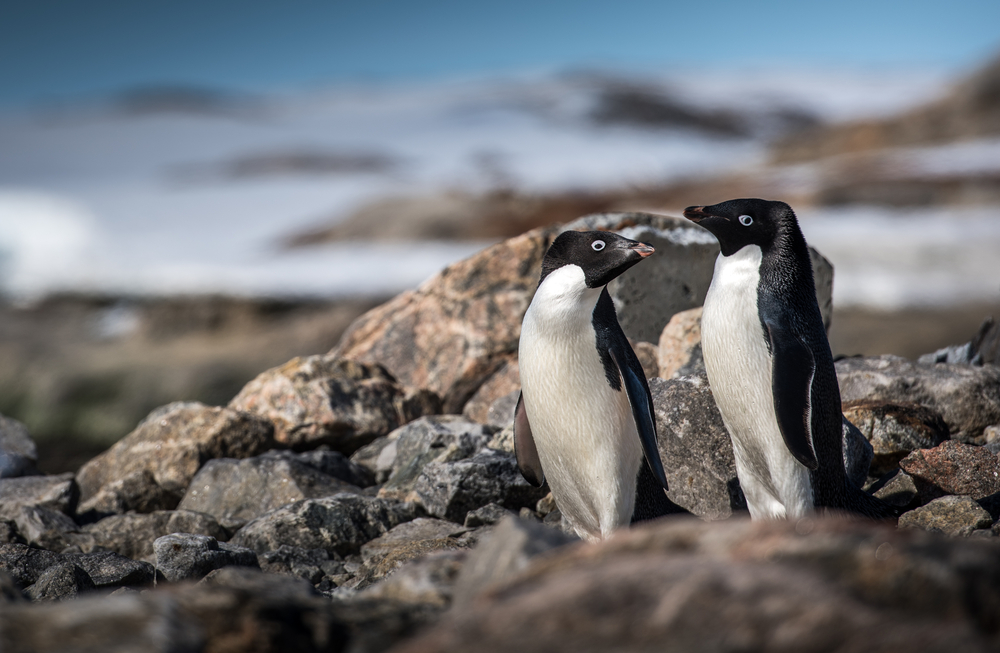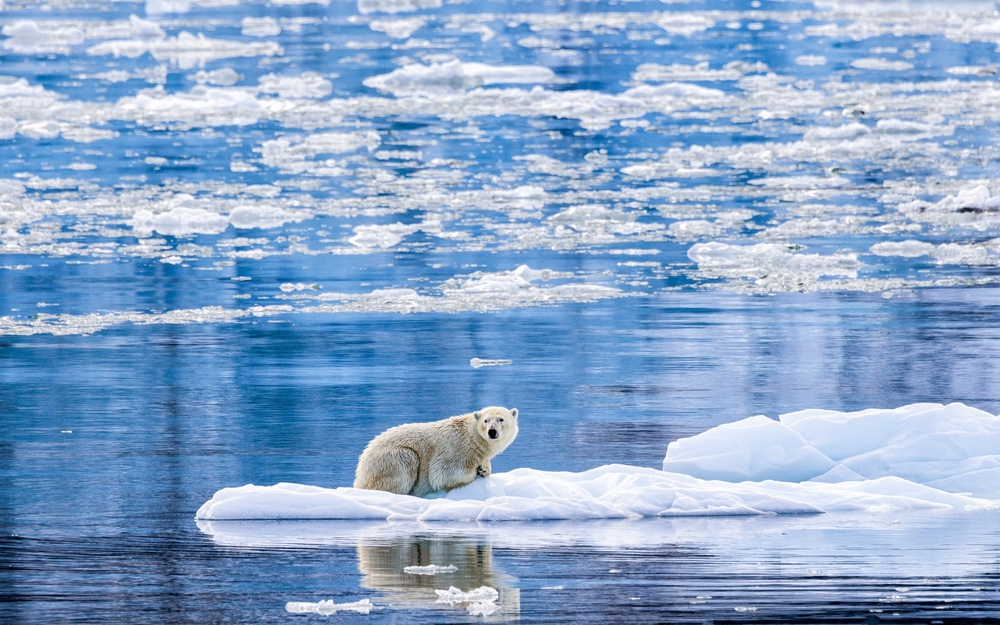The melting of Arctic ice caps is profoundly affecting the region’s unique wildlife, altering habitats and threatening the survival of iconic species. As global temperatures rise, the Arctic is warming at more than twice the global average, causing ice caps to recede at an alarming rate. This loss of ice reduces the habitat available for species like polar bears and walruses and disrupts entire ecosystems that have evolved in sync with the seasonal rhythms of ice formation. Understanding these changes is essential in finding ways to help protect Arctic wildlife as they face unprecedented challenges.

One of the most affected species is the polar bear, which relies on sea ice as a platform for hunting seals, their primary food source. As ice coverage decreases, polar bears are forced to swim longer distances and spend more time on land, where food is scarcer, and hunting is less effective. This strains their vulnerable populations, leading to malnutrition and lower reproductive success. As polar bears are pushed closer to human settlements, they are at increased risk of conflict, further endangering the species.
Walruses, another keystone Arctic species, also rely heavily on sea ice. They use ice floes as resting platforms while foraging for clams and other benthic creatures on the ocean floor. With ice retreating farther from shorelines, walruses have fewer resting spots, forcing them onto crowded beaches where stampedes can occur, particularly among young calves. These dangerous conditions have led to high mortality rates in walrus populations as they struggle to adapt to life without stable sea ice.
The impacts of melting ice caps extend to marine species, including fish and plankton, essential to the Arctic food web. As waters warm, cold-water species are replaced by fish better suited to warmer temperatures, altering the available prey for Arctic predators. This change affects the entire food chain, from seals to seabirds, which depend on stable fish populations. The loss of ice also reduces nutrient mixing, which is essential for plankton growth, weakening the base of the Arctic food web and threatening overall biodiversity in the region.

Even the timing of animal migrations is shifting. Arctic birds and marine mammals adjust their migratory patterns to respond to warmer waters and shrinking ice coverage. However, this adaptation is not always successful, as the timing of their arrival may no longer align with the availability of food resources. This misalignment can lead to lower reproductive success and increased mortality, further stressing already vulnerable populations. The combined effects of these changes clearly indicate how melting ice caps are disrupting Arctic life.
Supporting policies that combat climate change is essential to protecting Arctic wildlife. Reducing greenhouse gas emissions can slow ice melt, giving Arctic species more time to adapt to changing conditions. Additionally, supporting organizations that preserve critical habitats and monitor wildlife populations in the Arctic can make a direct difference. These organizations conduct vital research and push for protective measures that address Arctic ecosystems’ immediate and long-term threats.
While the impacts of melting ice caps are severe, awareness and collective action can make a difference. By reducing our carbon footprint, advocating for climate policies, and supporting Arctic conservation efforts, we can help safeguard the future of these vulnerable species. The Arctic ecosystem is a delicate, interconnected web, and preserving its wildlife is essential not only for biodiversity but also for the health of our planet.
